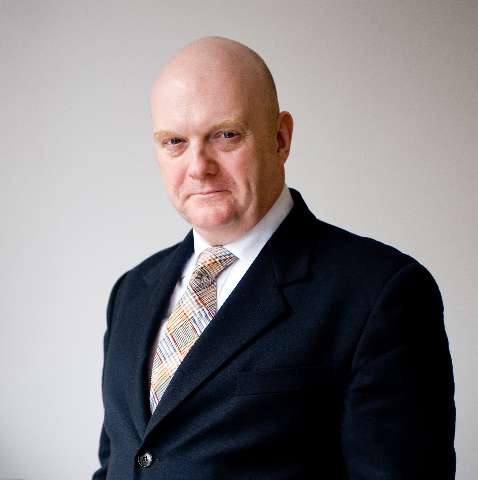Anna Hop must be the exception that proves a rule. The challenges of being a dancer in a large corps de ballet is often cited as a disincentive for women becoming choreographers. Having to meet strict rehearsal timetables and competing to maintain or upgrade their position within a large cohort of peers is seen as a reason why women struggle to become established as choreographers. Hop has been in the corps of Polish National Ballet since her graduation in 2009 but being a busy dancer for the past 14 years has not prevented her emergence as a choreographer of note.
Hop has made over 20 works, graduating from pieces in the company’s annual choreographic workshops to make three works for the main stage (the biggest in Europe). The most recent, Exodus, is a large-scale ballet for over 40 dancers and an opera chorus, which won the Jan Kiepura Award for best choreography in 2021. Hop has also created full evening works in Szczecin (where her production of Don Quixote is soon to premiere) and Wrocław and has moved beyond Poland to make ballets in Germany, Hungary and Norway, together with a piece for Lucia Lacarra and Matthew Golding.
British audiences will soon have an opportunity to see this exciting young choreographer’s work, when La gazza ladra will be shown as part of the International Draft Works programme at The Royal Opera House.
I took the opportunity on a recent visit to Warsaw (where I saw Hop dancing in Don Quixote) to talk to her about her journey to becoming such a sought-after choreographer while still dancing. I started by asking how she manages to juggle both roles. “I just work a lot!” she replies with a laugh. “I start every day as a dancer, taking class and continuing with rehearsals but I’m planning or choreographing in every break. When I create somewhere else then I take unpaid leave, but I do as much as I can in my free time and all my holidays are spent doing choreography.”
She praised her director, Krzysztof Pastor, for instituting regular choreographic workshops. “I took part from the beginning, doing very short forms, and without them my choreographic development would have taken much longer. After a couple of years, I received a proposition to make a full-scale work in Szczecin. I was injured, walking on crutches. It was unlucky for me as a dancer but also lucky because the injury gave me time that I needed to make that work.”
She has also been involved from a very early stage in education and community projects. “This was a big experimental laboratory for me. I had to learn how to work with large groups and deal flexibly with limitations of dance language because I was choreographing on amateurs.”
I asked how she manages the balance between being a friend and colleague to dancers but also exercising the authority to cast these same dancers in main-stage ballets. “Oh, that’s not easy!” she exclaims immediately. “But there are advantages in being friends with dancers who want to contribute to creating something that they will enjoy performing. I’ve learned about how to communicate and, most importantly, to understand the boundaries.”
Hop has a clear view of her own boundaries as both dancer and choreographer. “I prefer to be outside because I need to have control and if I’m dancing myself that is not possible. But I like to make pieces that I want to feel from both the audience and dancers’ perspectives. It gives me a lot of satisfaction when I know that dancers enjoy performing my work.” She allows her dancers a lot of freedom of interpretation. “I like to infect them with my ideas but then adapt to what the dancers propose because the piece is better when they are involved artistically. There is always scope for their improvisation in the creative process. It’s never just me and I develop as a choreographer by learning from others.”
Hop has always listened to dancers. “In the early days, one of my friends told me that my choreography was good, but too formal. There was not much emotion. It was a big learning experience for me. It’s good to have friends who tell you the truth.”
I ask if Hop has a store of ideas built up in her head for works yet to come. “Yes, I have a list. Inspiration comes from very different places. I might be inspired by music, which often acts as a map, or a book or even just a puddle on the street. Often, a new commission comes with pre-conceived rules, and I believe that opportunity arises from such limitations. I didn’t want to agree with that a couple of years ago but now I enjoy the challenge of having to fit conditions that have been placed upon me.”
What should London audiences expect from La gazza ladra, a nine-minute piece for four dancers, choreographed to Rossini’s work of the same name. “It’s a funny story,” she explains. “I wanted to do something light and although I like to present diverse work according to the circumstances of the commission, one of my signature things is humour. In La gazza ladra I use classical steps, but the overall feel is more cartoonish.”
Hop is cautious about how long she will continue to lead this double life, as dancer and choreographer. “At some point, I’m going to have to choose choreography. I want to bow to the audience with dignity at the end of my career as a dancer, without having to be pushed off the stage. It will happen at the right time.”
The International Draft Works Programme 2023 takes place at The Linbury Theatre at The Royal Opera House from 3rd–6th April.




